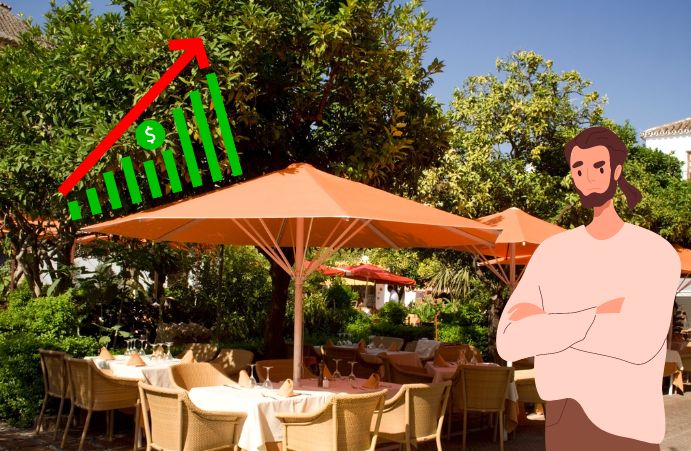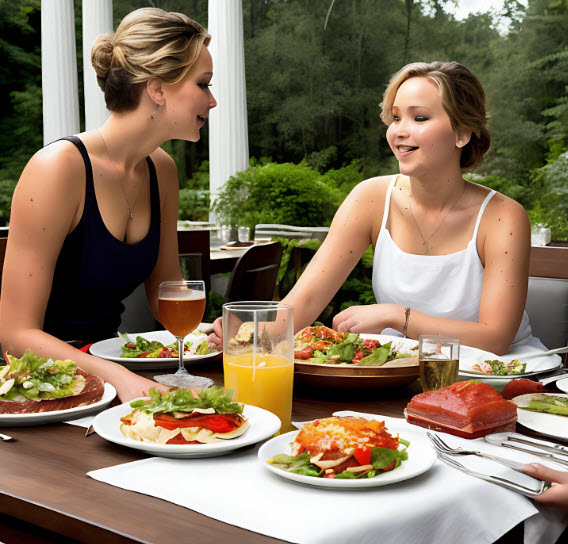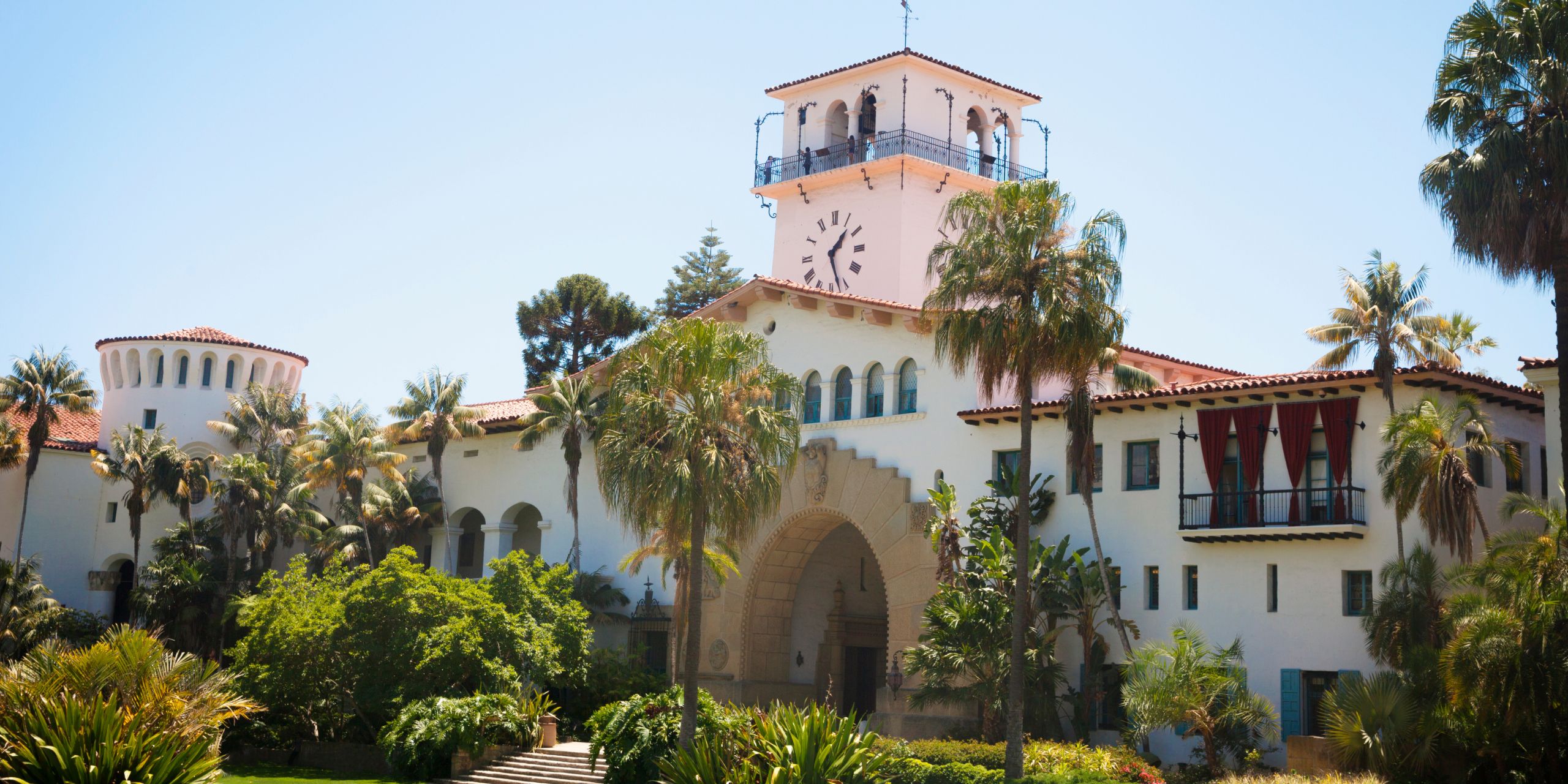The city of Santa Barbara has recently increased parking fees in many downtown areas, causing frustration among restaurant owners and customers alike. While it is understandable that the city may have taken such a measure to manage traffic congestion in the area, it is crucial to consider how this decision could negatively impact local businesses and the economy.
Beginning on May 1st, downtown Santa Barbara business proprietors will be charged $2 per square foot for outdoor parklets. City council members and Mayor Randy Rowse were upset by this choice after the matter was first resolved on January 12th. By a vote of 4-2 on January 12th, the council ordered the municipal administration to develop a pay-rate scheme that would charge companies between $3 and $10 per parklet space. Councilwoman Alejandra Gutierrez removed the item on April 11th and said it required more consideration. Hundreds of comments from concerned business owners regarding the parklets were sent to the city in the two weeks preceding Tuesday’s council meeting.

A $2 reduction in the entrance charge for the State Street parklets and promenade was approved by Councilmember Kristen Sneddon. Meagan Harmon proposed the $2 amount as a compromise between “benefit” and “burden” to assist the city in recovering some of the expenditures without pressuring companies to give up their outdoor patios. Mike Jordan was concerned that the city was failing to see the “bigger picture” regarding the future of State Street. The recent increase in parking fees in downtown areas of Santa Barbara is causing concerns among local restaurant owners and customers, as it could negatively impact businesses and the area’s economy. The recent increase in parking fees in Santa Barbara’s downtown areas, including the $2 per square foot charge for outdoor restaurant parklets, has frustrated and concerned many business owners.
During the pandemic, these restaurants have been closed or operating at reduced capacity and have struggled. The increase in parking fees may create an additional hurdle for businesses to recover from the pandemic, with potential customer reductions due to higher prices and decreased accessibility. It is crucial for local policymakers to carefully consider the potential negative impact on local businesses and the economy before implementing decisions such as increases in parking fees or charges for outdoor parklets.
 The recent increase in parking fees for outdoor parklets in downtown Santa Barbara has raised concerns among local business owners struggling to recover from the pandemic. The proposed pay-rate scheme of $3 to $10 per parklet space was removed from consideration after Councilwoman Alejandra Gutierrez stated that it required more care. Santa Barbara’s local restaurant owners and customers are concerned about the negative impact of increased parking fees on the local economy and businesses, including a $2 per square foot charge for outdoor restaurant parklets. In light of the COVID-19 pandemic, local restaurant owners have faced numerous hurdles to keep their businesses afloat.
The recent increase in parking fees for outdoor parklets in downtown Santa Barbara has raised concerns among local business owners struggling to recover from the pandemic. The proposed pay-rate scheme of $3 to $10 per parklet space was removed from consideration after Councilwoman Alejandra Gutierrez stated that it required more care. Santa Barbara’s local restaurant owners and customers are concerned about the negative impact of increased parking fees on the local economy and businesses, including a $2 per square foot charge for outdoor restaurant parklets. In light of the COVID-19 pandemic, local restaurant owners have faced numerous hurdles to keep their businesses afloat.
Now, with the recent increase in parking fees, many are worried it could be another setback for economic recovery. Other costs like business licenses, school lunches, and park fees are already adding up for struggling businesses. Policymakers must take a more holistic approach and consider the potential long-term impact on businesses before implementing changes in charges or fees.
Restaurants need to be supported during these challenging times, and increases in parking fees may discourage customers from dining out or choosing takeout, thus negatively affecting businesses. Salaries of employees, rent, and utility bills are significant challenges already faced by restaurants in today’s economic climate. In addition, wheelchair ramps and other accessibility requirements may add to the expenses, making it even tougher for small businesses to survive.
After the pandemic, restaurants in Santa Barbara, California, can take several steps to survive and thrive in the new normal. Experts suggest the steps below can help restaurants adapt to the changing times:
- Reassess your business model: Evaluate your current model to identify any changes needed to stay relevant in the post-pandemic world. This could include introducing new revenue streams or adjusting pricing strategies to cater to changing customer demands.
- Focus on local sourcing: Partner with local farmers, ranchers, and suppliers to offer fresh, high-quality ingredients. This will support the local economy and add to your restaurant’s appeal.
- Strengthen online presence: Ensure you have a user-friendly website, engaging social media accounts, and are listed on popular review and delivery platforms. Offer online ordering, curbside pickup, and delivery options to cater to customers who prefer these options.
- Implement health and safety measures: Continue to maintain high standards of cleanliness and sanitation. Offer contactless payment options and train your staff on the latest health and safety protocols.
- Adapt the dining experience: Consider reconfiguring your seating layout to provide a more comfortable experience. Outdoor seating is a popular option as well.
- Offer unique experiences: Differentiate your restaurant by hosting events like themed nights, wine tastings, or cooking classes. Collaborate with local businesses to create special promotions and packages that appeal to locals and tourists.
- Focus on customer service: Train your staff to provide exceptional customer service, which can help create loyal customers and positive word of mouth.
- Market effectively: Utilize traditional and digital marketing strategies to target your desired audience. Engage with your community through local events, sponsorships, and collaborations.
- Stay informed: Keep up with industry trends and changes in customer preferences to stay ahead of the competition.
- Embrace sustainability: Make efforts to reduce your environmental impact by minimizing waste, using energy-efficient appliances, and offering eco-friendly packaging.
As the world emerges from the pandemic, restaurants in Santa Barbara can secure a prosperous future by adopting an adaptive approach and honing their focus on delivering unparalleled customer experiences. The key to success lies in embracing change and constantly evolving to meet new challenges while prioritizing exceptional service that will leave patrons raving about their dining experience long after they’ve left the establishment’s doors. By implementing the abovementioned strategies, restaurants in Santa Barbara can attract new customers and retain existing ones. In conclusion, the post-pandemic era presents a unique opportunity for restaurants to revive and innovate their businesses. By following the strategies mentioned earlier, Santa Barbara restaurants can effectively navigate this new landscape and emerge stronger than ever before.
